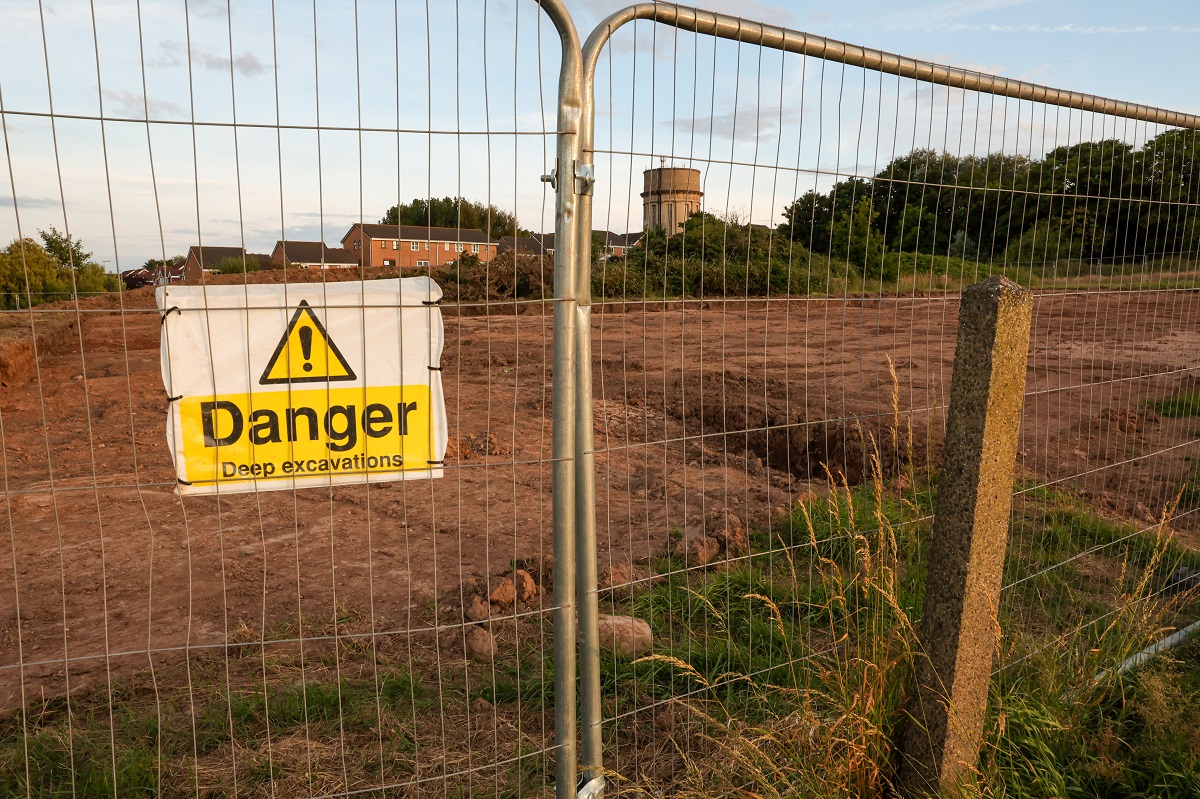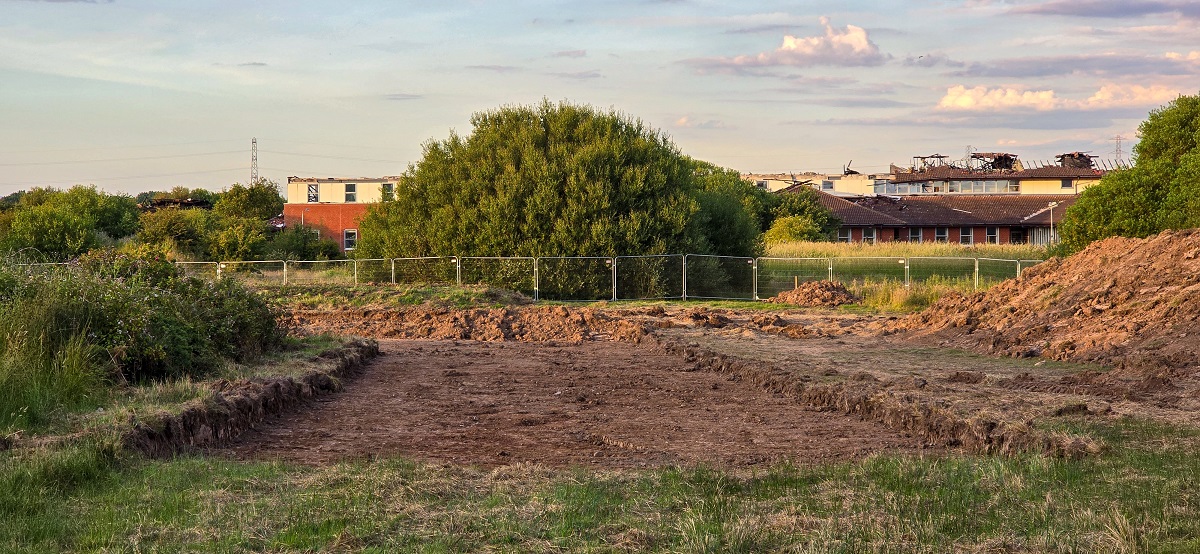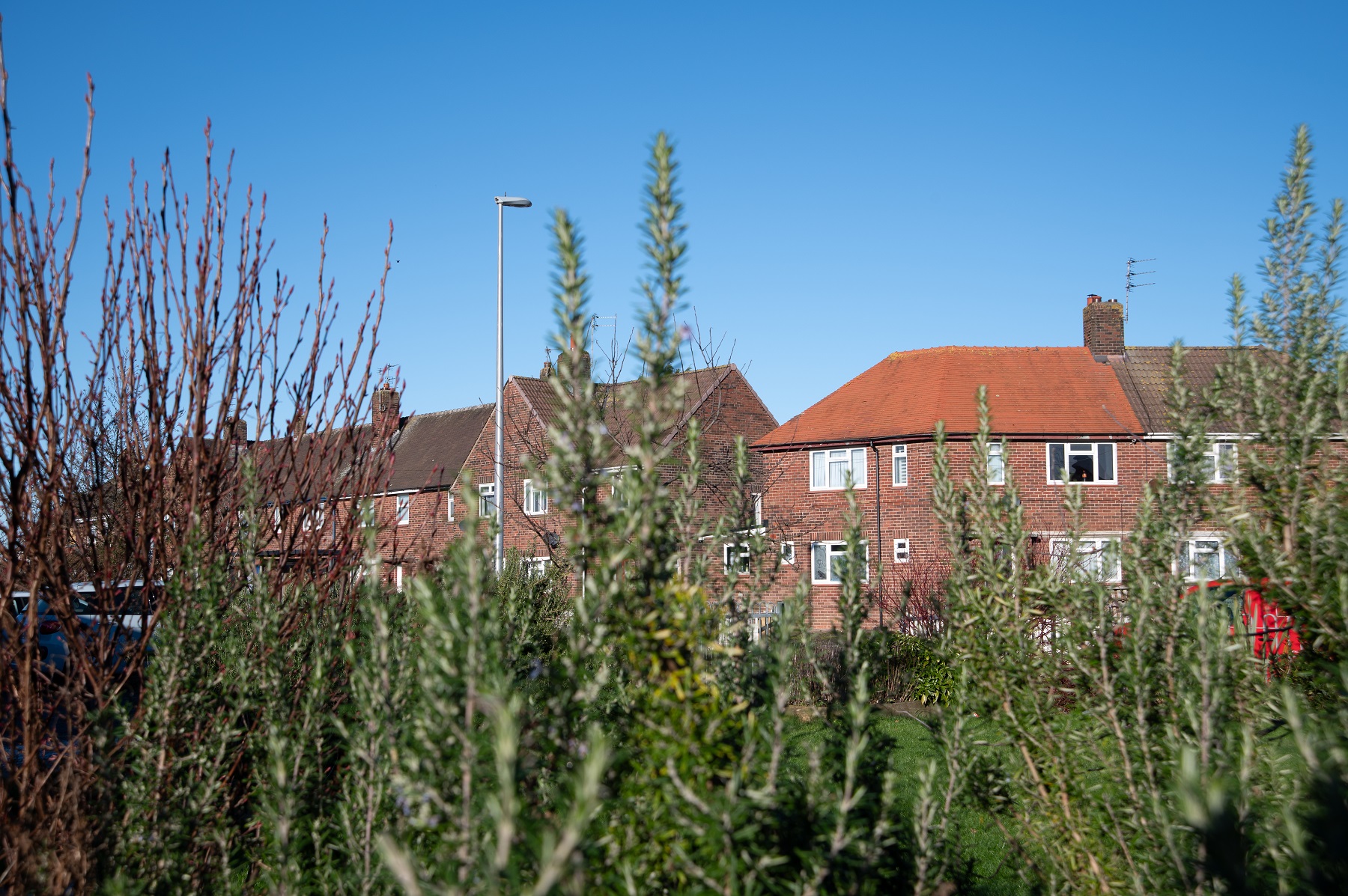Hidden prehistoric settlement unearthed at new homes site in Bispham
Experts from the University of Salford, drafted in to inspect the area, found evidence of 'low-level occupation of the landscape'
A new history lesson is under way at Bispham High School – seven years after bulldozers brought it crashing to the ground – since archaeological digs unearthed ancient tools, fancy Roman tableware and evidence of prehistoric settlements.
Explorations at the Bispham Road site, which was farmland before the school was built in the 1960s, and adjacent land found enough artefacts to merit more investigations before 200 homes are constructed there.
In a report seen by The Blackpool Lead, experts from the University of Salford, drafted in to inspect the area, said two flints have been recovered, suggesting “low-level occupation of the landscape in the prehistoric period”.
A fragment of unworked chert – a hard, fine-grained sedimentary rock – and quartz were also discovered and are believed to have been parts of ancient tools made elsewhere.
Project officer Oliver Cook said in his report that gullies, which could be evidence of roundhouses, were also found, as was another potential enclosure; possible native or Iron Age pottery; and a broken piece of Samian Ware – top quality tableware from Roman Britain, which was used from AD43 to 410.
Calling for more digging, Cook wrote: “It is anticipated that three areas of the site hold further archaeological potential.”
The land on which the school buildings actually stood is not of interest to experts, but the far end of an old football pitch is, as are adjacent parcels of land earmarked for housing and redevelopment.
That is where further digs are now believed to be taking place. Cook’s report suggested stripping the key areas of topsoil – something that now appears to have been done at the site – while workers with metal detectors and high-visibility jackets have also been seen there in recent days.
Bispham High School merged with Collegiate to become Aspire Academy in 2014 before a year later moving to Blackpool Old Road, opposite where a Stone Age elk – now on display at Preston’s Harris Museum – was found in a peat basin 54 years ago.

The site in Bispham. Credit: The Blackpool Lead/Michael Holmes
Coincidentally, a number of peat basins have also been found near the school’s former home and there is a belief that there could be skeletal remains “within the former school site on the fringes of these basins”, a report from Fenix Heritage on behalf of developer Rowland Homes said.
It also revealed several questions archaeologists hope to answer through their work, including whether there is any evidence for new building types in the Iron Age; what the site can yield in terms of the nature of rural society and economics during the Roman period; and whether there is any evidence of resistance to Roman occupation in the archaeological record.
Fenix Heritage’s report says: “Following the completion of the archaeological investigation, a programme of assessment, analysis and reporting (will) commence.”
It adds: “A summary report on the archaeological works will be provided to a suitable local journal if this is appropriate to the significance of the results, with a record note presented to the appropriate national period journal(s). These reports/notes will include the collaborative role of Rowland Homes Ltd in the completion of the archaeological works.”
Anthony Martin from Fenix told The Lead: "In accordance with planning policy the development of the site has required an archaeological dig. This began with a number of 'trial trenches' to test for the presence/absence of archaeological remains and on the basis of the results of this initial phase of work a more expansive archaeological dig was required.”
Peter Wright, a history teacher at Blackpool Sixth and a former Blackpool councillor said what has been found so far is “pretty interesting” and he would particularly like to know more about the Samian Ware, including how big it is and what state it is in.

The site in Bispham. Credit: The Blackpool Lead/Michael Holmes
“Unfortunately, it sounds like the site won’t yield enough to keep off the builders,” he said. “I think it is very important to the community/schools to communicate what has been found. It’s amazing to think that site has been inhabited at that point – a bit of rewriting of local history.”
Wright said an information board at the site would be a good idea, while artefacts could be given to a local library or gallery for public display.
Cook and Rowland Homes were contacted for a comment.
In 2018, the remains of a Roman settlement were found a stone’s throw from the River Wyre in Poulton, leading to calls for a massive house-building project to be stopped. Archaeologists excavated the ruins of roundhouses thought to date back 2,000 years on farmland off Garstang Road East, not far from the historic Great Halls at Mains. The area is now Moorfield Park, a new neighbourhood in the historic market town.
And last September, archaeologists found evidence of an Iron Age settlement and Roman occupation at Bourne Hill, off Fleetwood Road in Thornton, before homes were built there.
At the time, Paul Dunn from Oxford Archaeology North said: “Lancashire was wet with marshland and settlements tended to be on a hill. Bourne Hill is a significant site because there are signs of a long occupation, from the Iron Age [which lasted from 1200 BC to 550 BC] to Roman Britain.”
Wright, who said he was involved in a campaign to stop development, said the finds were not enough to stop work from going ahead.
The Blackpool Lead is now on Substack.
Become a Member, and get our most groundbreaking content first. Become a Founder, and join the newsroom’s internal conversation - meet the writers, the editors and more.





